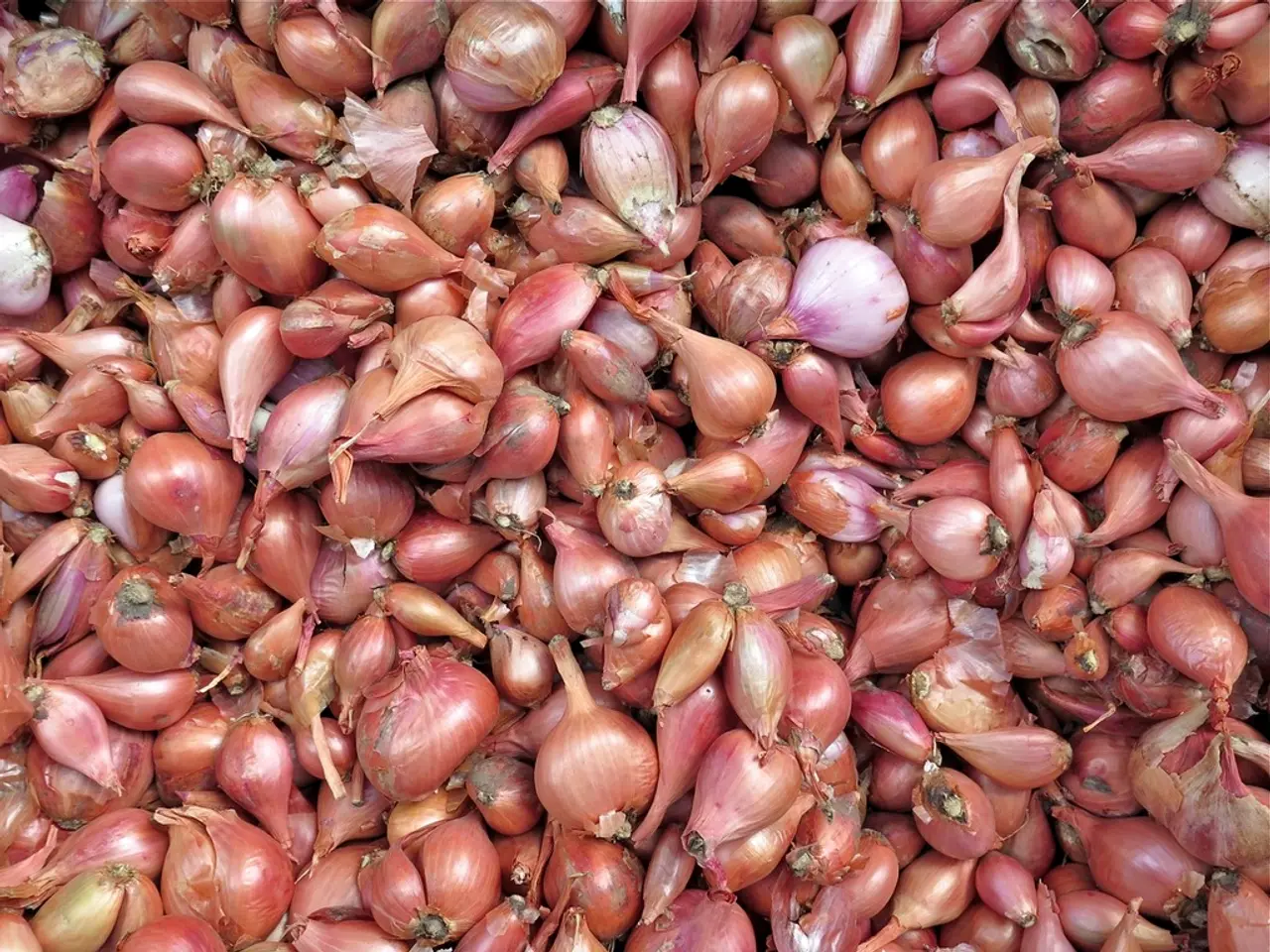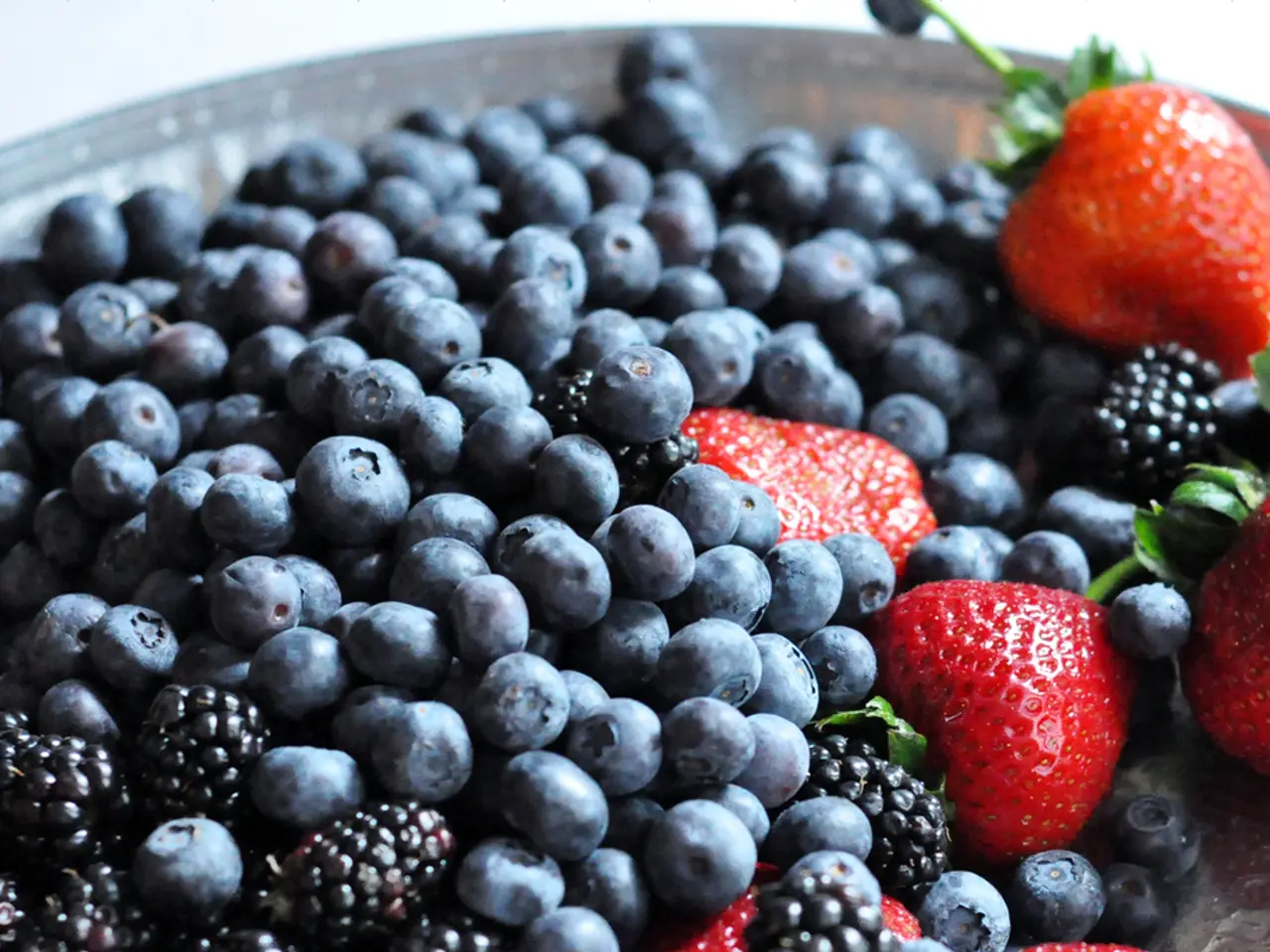Comprehensive Tutorial on Onion Cultivation and Preservation Methods
In the world of home gardening, onions are a versatile and essential vegetable. Whether you're planning to add them to salads, cook them up for a meal, or make onion rings, growing your own onions can be a rewarding and delicious experience. This article provides a detailed guide on how to grow onions successfully, tailored to different climates and varieties.
### 1. Choosing Onion Varieties by Climate and Day-Length
Onions are primarily classified by their day-length sensitivity, which determines where and when they grow best. There are three main types: short-day, intermediate/day-neutral, and long-day onions. Short-day onions begin forming bulbs when daylight reaches 10-12 hours, ideal for southern, warmer climates. Intermediate onions form bulbs at 12-14 hours of daylight, making them more adaptable for a wider range of latitudes. Long-day onions require 14-16 hours of daylight to bulb and are best for northern, cooler climates.
Popular onion varieties include 'Stuttgarter', 'White Bermuda', 'Texas 1015-Y Supersweet' (good storage), and 'Red Creole' (Red, pungent) for short-day onions. 'Candy', 'Red Stockton', 'Super Star', and 'Purplette' (small, mild red) are popular intermediate onions, while long-day onions are recommended for cooler northern regions, such as 'Walla Walla' and 'Redwing'.
### 2. Soil and Planting Conditions
Onions prefer well-drained, fertile soil rich in organic matter. Amend the soil with compost or aged manure before planting for best results. In cooler climates, start onions indoors or as sets/seedlings early to extend the growing season. In milder or warmer climates, planting can be done in cooler months for better growth and bulb development.
Onion bulbs/sets should be planted so that the bulb sits on the soil surface, not buried deeply. Provide adequate space to allow bulb enlargement, generally about 4-6 inches apart.
### 3. Climate-Specific Tips
In cooler zones like Zone 4b, use long-day varieties that tolerate cooler temperatures and require longer daylight to mature. Grow in sheltered spots or greenhouses to avoid temperature swings at night. In warmer zones like Zone 8a, short-day varieties thrive; grow onions through the cooler months so they mature before hot summer sets in. Onion sets or seedlings can be grown in containers as an option for pest control or limited space.
### 4. Growing and Care
Keep the soil consistently moist but not waterlogged. Onions are heavy feeders; side dress with nitrogen-rich fertilizer to encourage bulb growth. Monitor closely for pests and diseases, as worms and fungus can be issues. Container growing can reduce soil-borne pests.
### 5. Harvesting and Storage
Onions mature in 6-8 months, signaled by tops drying and falling over. Pull onions and dry in a cool, airy spot for a few days before storing in mesh bags or braiding the tops to extend their shelf life.
For those who struggle to grow onion bulbs or are simply interested in greens, scallions (green onions) are an excellent alternative. They can be planted early in the spring and will continue to grow throughout the summer, providing a constant supply of fresh greens.
Various types of onions are available in white, yellow, and red colours. Onions can still be grown for their greens in shady locations. Remember that onions are categorized into long-day, short-day, and day-neutral onions, based on the number of daylight hours required for bulb production.
When planting onions in a row, space them 2-3 inches apart based on their size. Short-day onions thrive in the south and require about 10 hours of daylight, while long-day onions, which need approximately 14-15 hours of daylight, are best suited for the northern climate.
Onions can be harvested at any stage of growth, but storage onions should be harvested when the greens fall over and dry. Onions need to be cured for several weeks to ensure they are dry before storing.
By following this guide, you'll be well on your way to a bountiful onion harvest tailored to your climate and variety preferences. Happy gardening!
- In the world of home gardening, choosing onion varieties that match your climate and day-length is crucial.
- Onions are primarily classified into short-day, intermediate/day-neutral, and long-day varieties, each with specific daylight requirements for growth.
- For short-day onions, such as 'Stuttgarter' and 'White Bermuda', daylight reaching 10-12 hours is ideal in warm climates.
- Intermediate onions, like 'Candy' and 'Red Stockton', form bulbs at 12-14 hours of daylight, making them adaptable to a wider range of latitudes.
- Long-day onions, such as 'Walla Walla' and 'Redwing', thrive in cooler northern climates and require 14-16 hours of daylight.
- To grow onions successfully, choose the right variety, ensure proper soil conditions, and provide suitable planting conditions based on your climate.
- In cooler climates, starting onions indoors or as sets/seedlings early can extend the growing season, while in warmer climates, planting can be done in cooler months.
- Onion bulbs should be planted on the soil surface, with adequate spacing, and watered consistently, while monitoring for pests and diseases. A successful onion harvest can be a rewarding and delicious addition to your food-and-drink and lifestyle.




